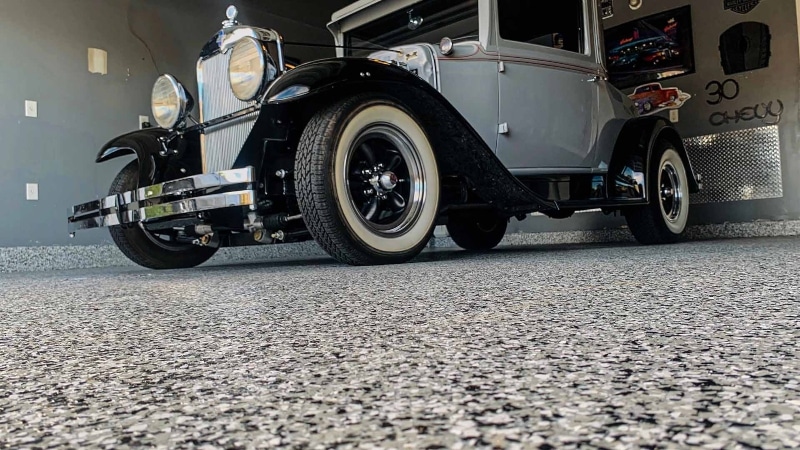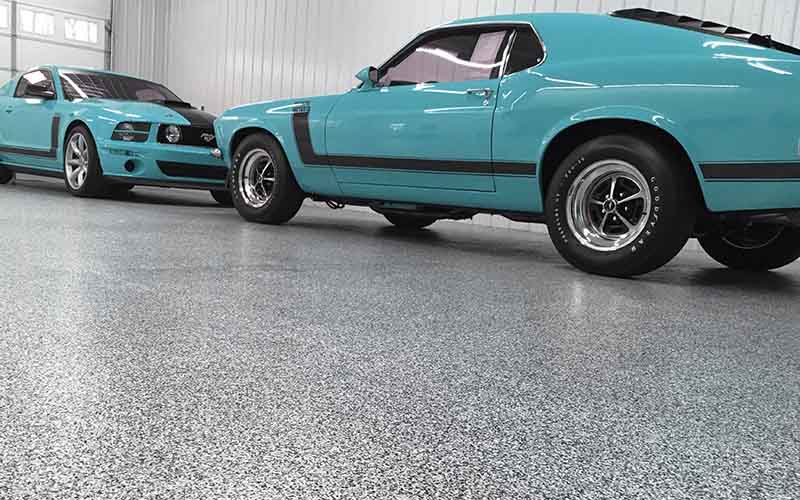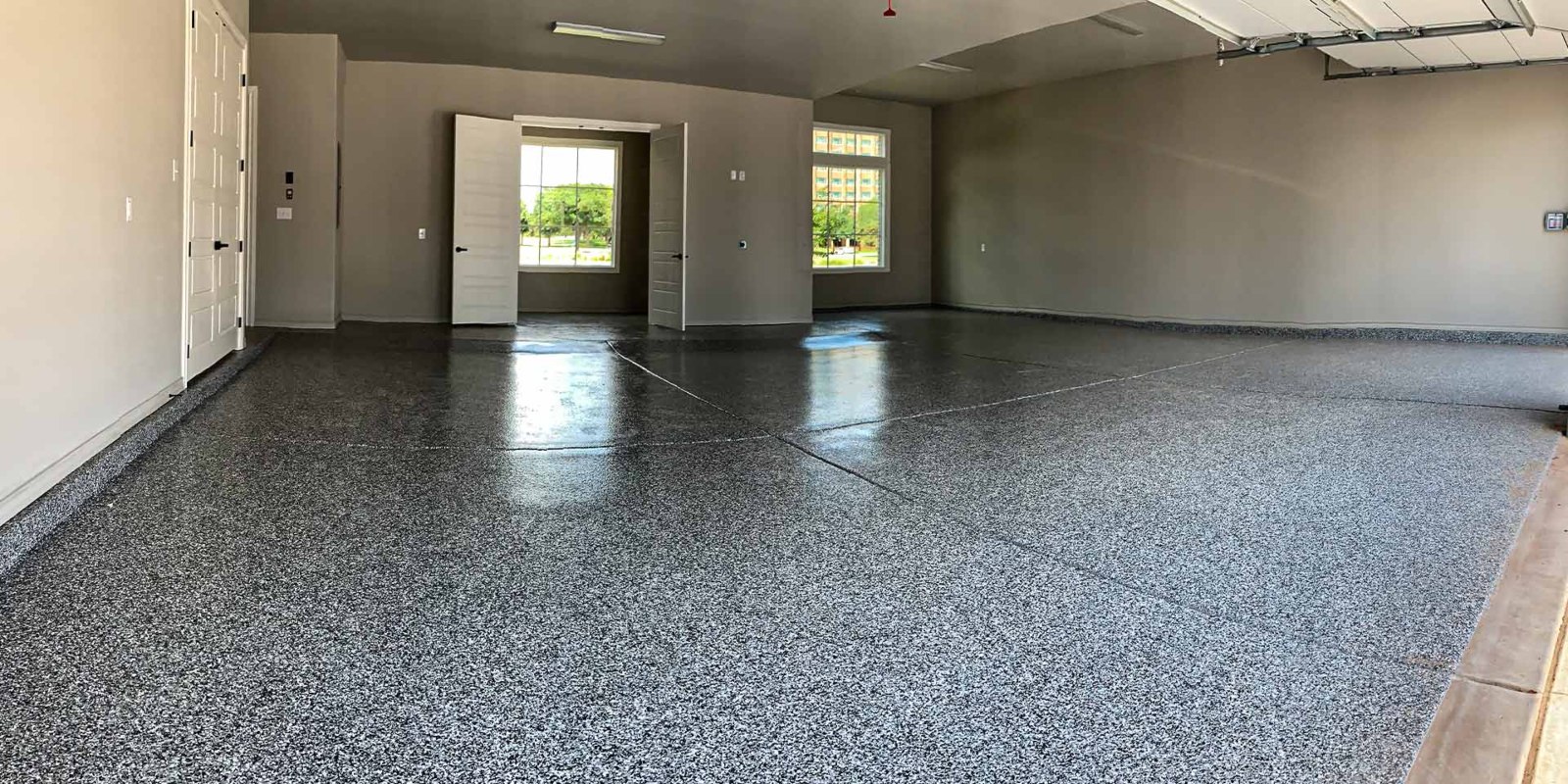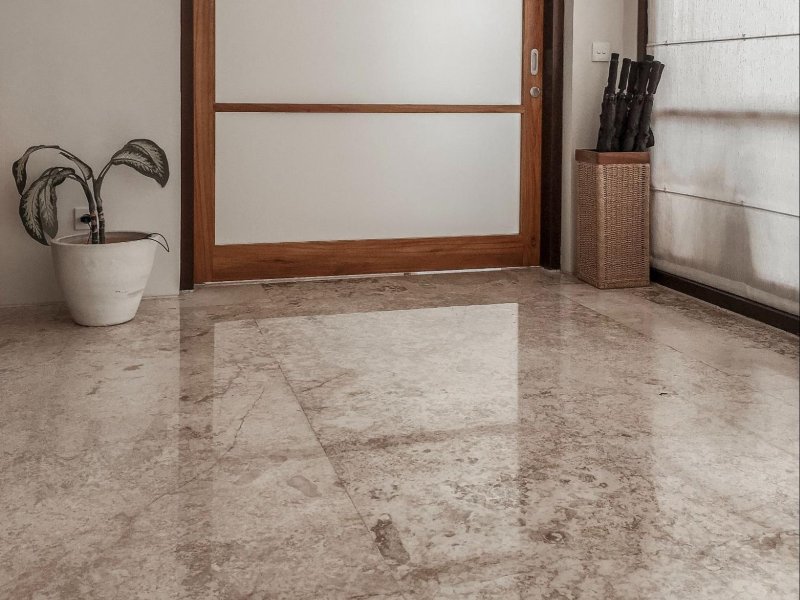The Pros and Cons of Industrial Epoxy Flooring Installation
Industrial epoxy flooring provides a smooth, durable surface that is ideal for many commercial and industrial applications. Epoxy floors are easy to clean and maintain, and they can withstand heavy traffic and usage. However, there are some potential drawbacks to consider before deciding if industrial epoxy flooring is the right choice for your business or facility.
Industrial epoxy flooring and its benefits
Industrial epoxy flooring is an increasingly popular form of durable, attractive, and low-maintenance flooring for businesses and industries. Its qualities make it well-suited for areas that require heavy foot traffic, excellent cleanliness standards, and protection against spills or other sources of damage. Additionally, its seamless construction contributes to further durability and resistance to heat, impact, and corrosion. Cost-effective epoxy flooring in both installation and upkeep, this type of flooring is gaining widespread popularity as a versatile option that combines beauty with functionality.
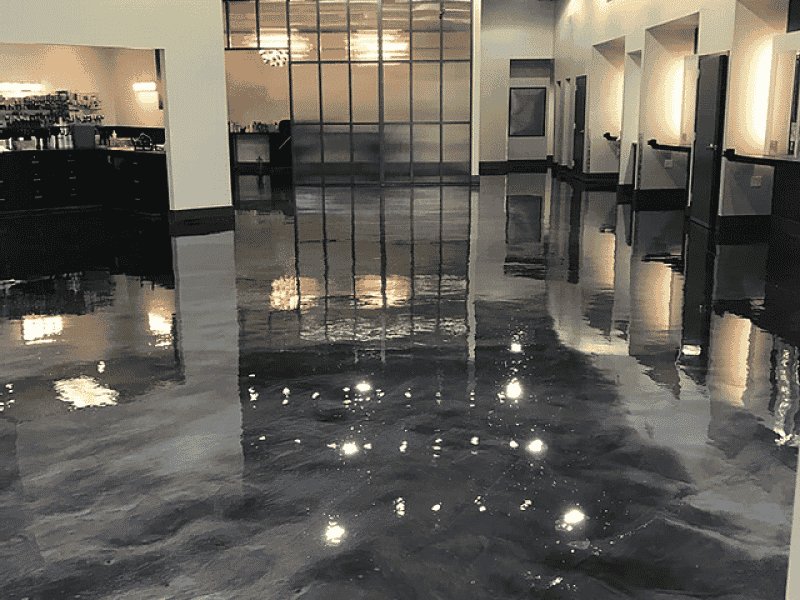
Installation process and what to expect
Industrial epoxy flooring stands as a hallmark of durability and resilience in various workplaces, offering a seamless blend of functionality and aesthetics. The installation epoxy flooring systems follows a systematic process aimed at ensuring optimal performance and longevity while minimizing disruptions to ongoing operations. In this comprehensive guide, we delve into the intricacies of the installation process and what stakeholders can expect at each stage.
1. Preliminary Assessment and Preparation:
Before the installation commences, a thorough assessment of the substrate is conducted. This involves evaluating the condition of the existing surface to identify any imperfections, cracks, or areas of concern. Additionally, the compatibility of the substrate with epoxy coatings is determined to ensure proper adhesion.
Subsequent to the assessment, necessary repairs are carried out to address any structural deficiencies or damages. This may involve patching up cracks, leveling uneven surfaces, or addressing moisture issues, depending on the specific requirements of the site.
Once repairs are complete, the surface undergoes meticulous cleaning to remove contaminants such as dirt, oil, grease, and residues. This step is critical as it ensures a clean and receptive substrate for the epoxy coatings, facilitating optimal adhesion and performance.
2. Priming the Substrate:
Following surface preparation, a primer is applied to enhance adhesion and promote bonding between the substrate and the epoxy coatings. The primer acts as a foundation, penetrating the surface and creating a strong bond that minimizes the risk of delamination or peeling over time.
The selection of an appropriate primer is crucial and is determined by factors such as substrate type, porosity, and environmental conditions. A skilled installer will choose a primer that is compatible with the substrate and tailored to the specific requirements of the project.
3. Application of Epoxy Coatings:
With the substrate primed and prepared, the application of epoxy coatings commences. This stage involves the systematic application of multiple layers of epoxy resin, typically using specialized tools and equipment such as rollers, brushes, or squeegees.
The number of coats applied depends on factors such as desired thickness, level of protection required, and the specific formulation of the epoxy system being used. Each layer is applied evenly and allowed to cure before subsequent coats are added, ensuring proper adhesion and uniform coverage.
4. Curing and Finalization:
Once all layers of epoxy coatings have been applied, the flooring undergoes a curing process to allow the epoxy to harden and fully bond with the substrate. Curing time may vary depending on factors such as temperature, humidity, and the type of epoxy system used.
During the curing period, it is essential to restrict foot traffic and avoid any activities that may disrupt the curing process. After the epoxy has cured sufficiently, further top coatings or sealants may be applied to enhance durability, chemical resistance, or aesthetic appeal, depending on the specific requirements of the project.
5. Long-Term Performance:
High-quality industrial epoxy flooring offers a long-lasting solution that provides safe, durable, and aesthetically pleasing surfaces in a variety of settings. With proper installation and maintenance, epoxy flooring systems can withstand heavy foot traffic, impacts, abrasion, and chemical exposure, ensuring reliable performance and longevity.
Regular maintenance practices such as routine cleaning, inspections, and occasional resealing can help prolong the lifespan of epoxy flooring and preserve its appearance and functionality over time.
In conclusion, the installation of industrial epoxy flooring involves a systematic process that prioritizes surface preparation, proper application techniques, and curing to ensure optimal performance and durability. By understanding the installation process and setting realistic expectations, stakeholders can make informed decisions and reap the benefits of high-quality epoxy flooring systems in their respective workplaces.
Pros and cons of having an epoxy floor installed
An epoxy floor is a great choice for industrial applications, providing an attractive and durable surface that resists heavy traffic and chemicals. However, the installation of an epoxy floor can be a labor-intensive and costly endeavor. Compared to just painting the floor or laying tile, the cost of epoxy will typically be higher. The benefit, though, is that it does create a resilient base that won’t stain easily and doesn’t require frequent maintenance like other types of floors. It also lasts significantly longer compared to other alternatives. Therefore, when it comes to installing an epoxy floor in an industrial setting, while the upfront costs may be higher than more traditional solutions, the long-term value might well outweigh any initial disadvantages.
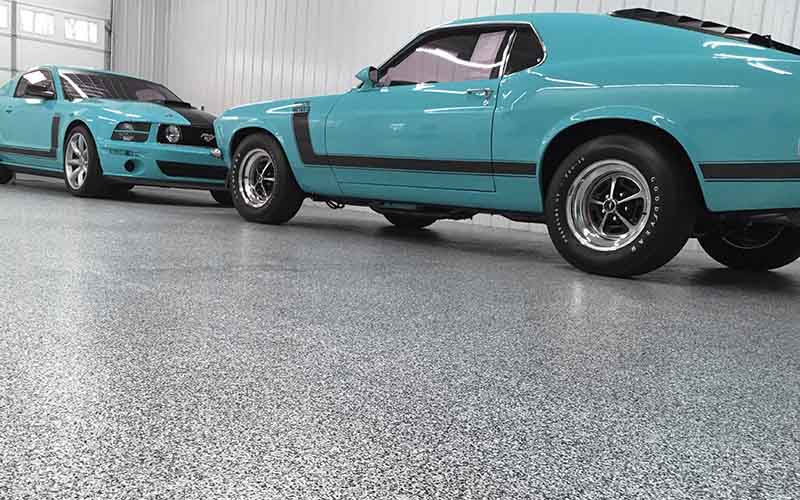
For a comprehensive and long-term flooring solution, industrial epoxy flooring is an excellent choice. Not only is it durable and cost-effective, but it also provides a unique and attractive finish. In addition, epoxy floors are easy to clean and maintain, protecting the underlying surface from wear and tear. However, in some cases installation can be very time consuming as well as expensive, with many factors like color selection, texture and application method all needing to be considered before beginning. Therefore research should be conducted beforehand to ensure that industrial epoxy floors are the right choice for your specific needs.
Epoxy floors have many benefits that make them ideal for industrial settings. They are easy to clean and maintain, slip-resistant, and durable. The installation process is straightforward, and the finished product looks great. While epoxy floors do have some cons like the possibility of yellowing over time or being slippery when wet, the pros outweigh the cons for most people. If you’re considering an epoxy floor for your business, we hope this information was helpful in making your decision. Thank you for reading!
Wise Coatings
https://www.google.com/maps?cid=2589512530409833629
(503) 855-6338
https://wisecoatings.com/portland/





